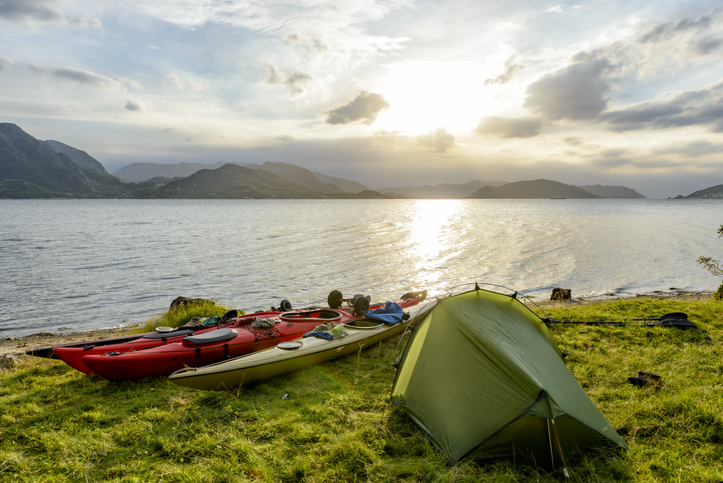Kayak camping combines the thrill of kayaking with the serenity of camping, offering outdoor enthusiasts a unique opportunity to explore remote waterways and spend nights under the stars. As someone who has embarked on many kayak camping adventures, I’m excited to share with you the steps and tips to plan the ultimate kayak camping trip.
Choosing Your Destination
1. Selecting the Right Waterway
Choose a river, lake, or coastal area that suits your skill level and interests. Research the waterway’s difficulty, flow conditions, and any required permits.
2. Consider Distance and Duration
Determine how long you plan to be on the water and the distance you’ll cover each day. Factor in your paddling abilities and the time needed for camping and exploring.
Essential Gear and Packing
3. The Right Kayak
Select a kayak that’s suitable for your trip. Longer kayaks are faster but less maneuverable, while shorter ones are more agile. Ensure it has storage space for your gear.
4. Paddle and Safety Gear
Pack a reliable paddle, a PFD (personal flotation device), and other safety gear like a whistle, bilge pump, and a first aid kit.
5. Camping Gear
Keep your camping gear compact and lightweight. Essentials include a tent or shelter, sleeping bag, sleeping pad, and a camp stove for cooking.
6. Water and Food
Bring a sufficient supply of clean water and water purification tools. Pack lightweight, non-perishable foods for your journey.
Route Planning
7. Map and Navigation
Carry detailed maps and a compass or GPS device to navigate waterways. Familiarize yourself with landmarks and potential campsites along the route.
8. Camping Spots
Identify suitable camping spots along your route, considering access to fresh water, safety, and regulations. Leave No Trace principles apply even on the water.
Safety Precautions
9. Weather and Conditions
Stay updated on weather forecasts and water conditions. Be prepared to alter your plans if conditions become unsafe.
10. Communication
Carry a waterproof VHF radio or a satellite communication device for emergencies. Share your itinerary with a trusted contact who can raise the alarm if needed.
A Starlit Night on the Water
During a kayak camping trip in the Florida Keys, I experienced a magical night on the water. We camped on a remote sandbar, and as the sun set, the night sky lit up with stars. The calm waters around us mirrored the brilliance above, creating an unforgettable moment of peace and wonder.
On the Water
11. Paddling Techniques
Practice efficient paddling techniques to conserve energy during long days on the water. Learn to read currents and tides for safe navigation.
12. Wildlife Encounters
Respect wildlife and observe from a distance. Store food securely to prevent attracting animals to your campsite.
Camp Life
13. Leave No Trace
Follow Leave No Trace principles for camping. Minimize your impact on the environment by properly disposing of waste and leaving nature as you found it.
14. Cooking and Meals
Plan simple meals that require minimal cooking equipment. Be mindful of fire regulations and use camp stoves when necessary.
Kayak camping offers a unique blend of adventure, tranquility, and self-reliance. By carefully planning your trip, choosing the right gear, and practicing safety precautions, you can embark on the ultimate kayak camping adventure.
So, gear up, paddle out, and immerse yourself in the beauty of nature from the unique perspective of your kayak. Whether you’re exploring winding rivers, pristine lakes, or rugged coastlines, kayak camping promises a journey of discovery, serenity, and unforgettable moments on the water.


Comments are closed.